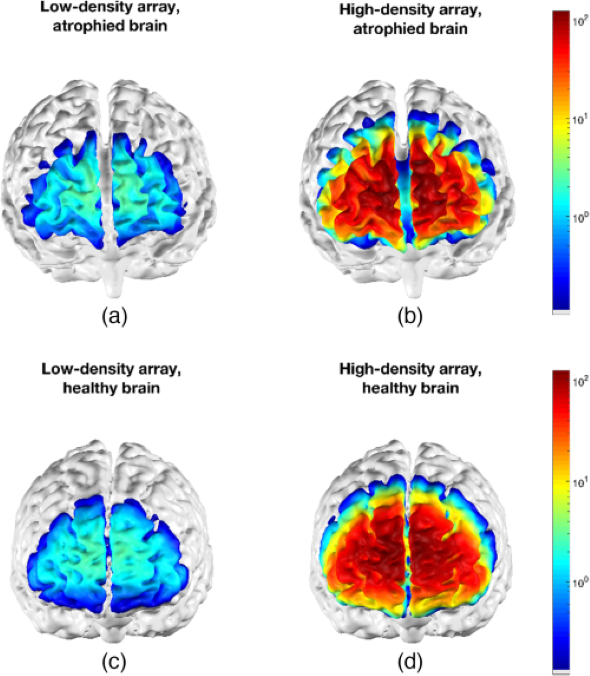
What does the Neuro Optics Lab do?
The Neuro Optics Lab is a multidisciplinary research group that operates jointly between the Department of Physics and the Electrical Engineering Division of the Department of Engineering. We develop and validate new optical methods to monitor brain function and metabolism non-invasively. The lab currently focusses on near infrared spectroscopy-based methods to perform in-vivo monitoring of metabolic markers such as haemoglobin oxygenation, mitochondrial function and blood flow. We are interested in pioneering tools and techniques to monitor relevant physiology for both basic science and medical applications. Our work is highly translational and we work closely with clinical partners in Addenbrooke’s Hospital and at the Biomedical Campus to deliver relevant technologies that progress medical therapeutics in areas such as dementia, traumatic brain injury and neuroscience.
What will visitors see at your exhibit?
We will be talking all about how we can use light to illuminate the inner workings of the brain and how we are using it in neuroscience and medical research. We will focus on two fun activities: one to show how our technology works, and another getting students to take part in a real neuroscience study.
To explain our technology, we will use LEDs to investigate how different colours of light can pass through the body. This will stimulate a chat about the physics of our brain monitoring devices and the engineering behind it.
The highlight of our exhibit is a full demo of our brain imaging in which a volunteer will undertake some cognitive tasks whilst having their brain scanned. This will show how the brain responds to activity. We will also discuss the methods we use to turn light signals from the brain into maps of brain activity and demonstrate this live.
What physics is used?
We use the principle of diffuse light transport through biological tissue and the modified Beer-Lambert Law which allows us to convert light attenuation through the brain into changes in blood oxygen levels.
Why is it useful?
This technology can be used to image brain activity in places or people that traditional brain imaging (like MRI) can’t. We are currently researching how these wearable, non-invasive devices can be used to diagnose dementia, monitor the brain in intensive care or help understand the brain in neuroscience studies.
Further Reading
https://www.neuro-optics.group.cam.ac.uk/
https://twitter.com/NeuroOptics
